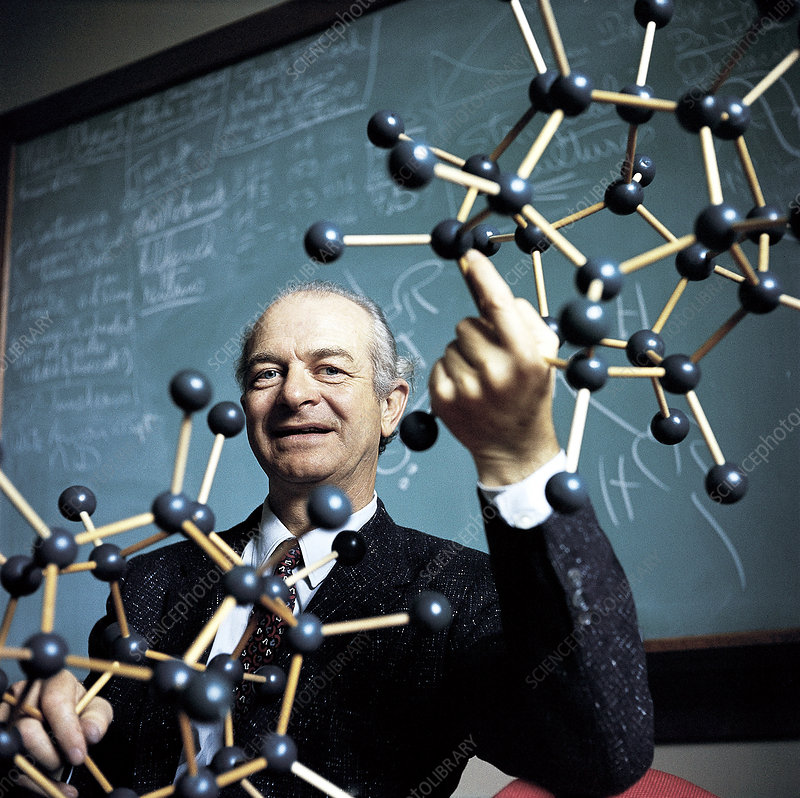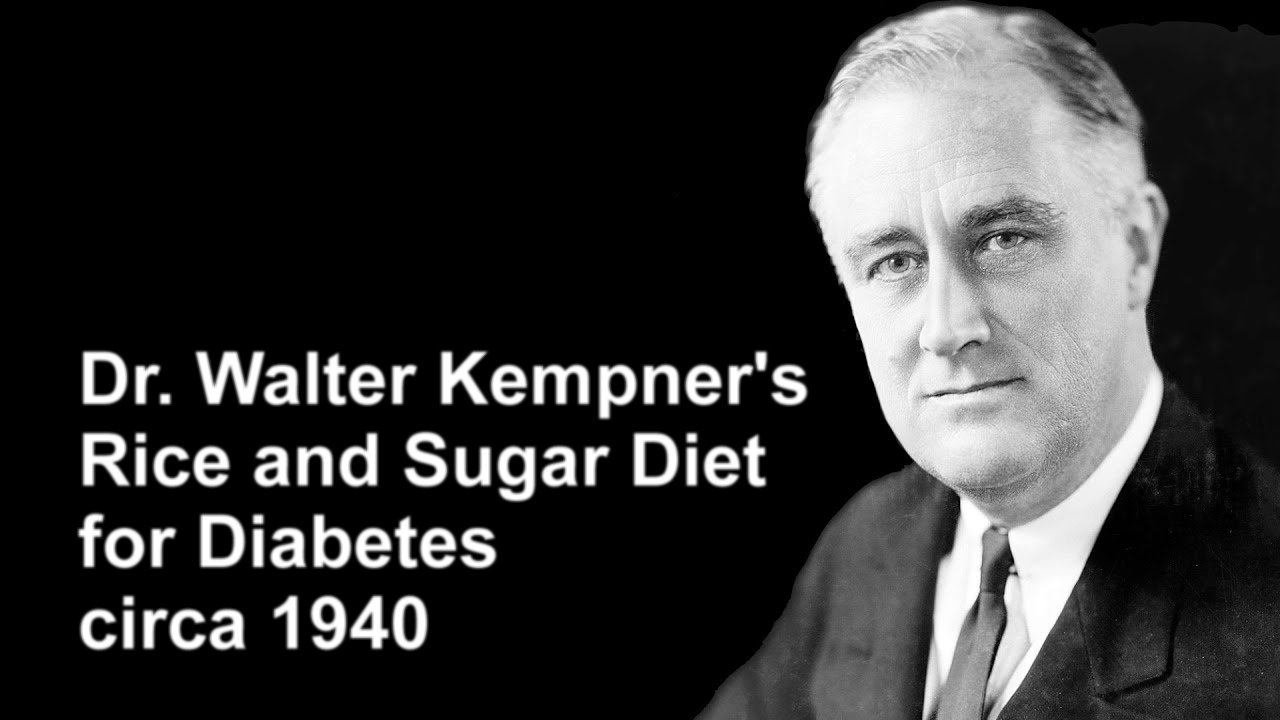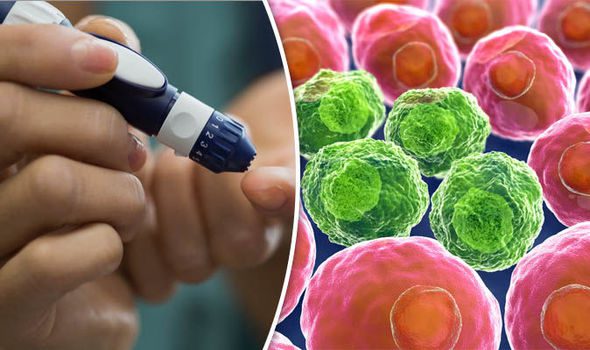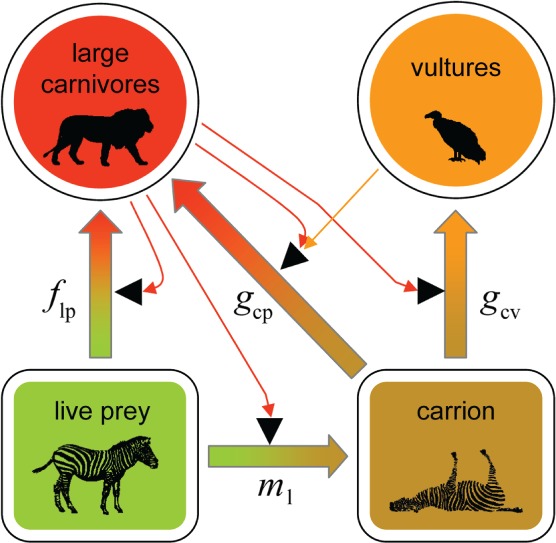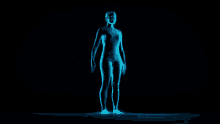Interestingly, two-time Nobel Prize-winner Linus Pauling asserts that many of the diseases that plague people may all just be one disease rebranded to be diagnosed and treated by medical doctors selling pharmaceutical remedies that do nothing to cure the disease but rather treat the symptoms indefinitely, creating an exceptionally profitable business model for medical industry. That single disease could be scurvy.
What is scurvy?
Scurvy is a condition primarily caused by a deficiency of vitamin C (ascorbic acid) in the diet, and it is characterized by a wide range of symptoms.
Here are some conditions with symptoms frighteningly similar to scurvy.
Iron-deficiency Anemia: Anemia can cause symptoms like fatigue, weakness, and pale skin, which can overlap with scurvy. Both conditions may lead to general malaise.
Hypothyroidism: An underactive thyroid can lead to symptoms such as fatigue, muscle weakness, and mood changes, which can be mistaken for some symptoms of scurvy.
Rheumatoid Arthritis: Joint pain and swelling can be present in both scurvy and rheumatoid arthritis, leading to confusion in diagnosis.
Gastrointestinal Disorders: Conditions that affect the absorption of nutrients, such as celiac disease or Crohn’s disease, can lead to malnutrition, which may result in symptoms like fatigue, weakness, and skin changes.
Protein-energy Malnutrition: Conditions like marasmus can lead to malnutrition-related symptoms, including fatigue, muscle weakness, and a compromised immune system, which can mimic some aspects of scurvy.
Kwashiorkor: Kwashiorkor is a severe form of malnutrition caused by a lack of protein in the diet. It can result in symptoms like edema, muscle wasting, and skin changes, which can resemble certain aspects of scurvy.
Osteoporosis: Bone pain and fractures can occur in both scurvy and osteoporosis, but the mechanisms behind these symptoms are different.
Fibromyalgia: This chronic pain disorder can lead to generalized muscle pain, fatigue, and mood disturbances, which may overlap with some scurvy symptoms.
Chronic Fatigue Syndrome (CFS): CFS is characterized by persistent fatigue, which can be confused with the general weakness and fatigue experienced in scurvy.
Infectious Diseases: Various infections, such as the flu, COVID-19, or tuberculosis, can cause fever, cough, respiratory symptoms, and other specific signs that are not commonly seen in scurvy.
Cancer: Different types of cancer can present with a wide range of symptoms, including unexplained weight loss, pain, changes in skin or moles, and specific organ-related symptoms, that are unrelated to scurvy.
Neurological Disorders: Conditions like Parkinson’s disease, multiple sclerosis, and Alzheimer’s disease have unique neurological symptoms such as tremors, muscle weakness, memory loss, and cognitive impairments, which are distinct from scurvy symptoms.
Autoimmune Diseases: Autoimmune conditions like lupus, rheumatoid arthritis, and celiac disease can lead to joint pain, skin rashes, and gastrointestinal issues that are not commonly associated with scurvy.
Cardiovascular Diseases: Conditions like heart disease, high blood pressure, and arrhythmias may cause symptoms like chest pain, shortness of breath, and dizziness, which are unrelated to scurvy.
Mental Health Disorders: Conditions such as depression, anxiety, schizophrenia, and bipolar disorder can lead to emotional and behavioral symptoms, which are distinct from those of scurvy.
Allergies: Allergic reactions to substances like pollen, food, or insect stings can cause symptoms like itching, hives, swelling, and difficulty breathing, which are unrelated to scurvy.
Endocrine Disorders: Hormonal conditions like diabetes, hyperthyroidism, and hypothyroidism can result in symptoms such as changes in blood sugar levels, metabolism, and weight, which are not characteristic of scurvy.
Respiratory Conditions: Conditions like asthma and chronic obstructive pulmonary disease (COPD) can lead to coughing, wheezing, and shortness of breath, which are distinct from scurvy symptoms.
Genetic Disorders: Genetic conditions such as Down syndrome, cystic fibrosis, and sickle cell anemia are characterized by unique sets of symptoms and are unrelated to scurvy.
Rickets: Rickets is a condition caused by a deficiency of vitamin D, calcium, or phosphate. It can lead to symptoms such as bone pain, muscle weakness, and deformities, which can be mistaken for some scurvy symptoms.
Beriberi: Beriberi is a disease caused by a deficiency of vitamin B1 (thiamine). It can lead to neurological symptoms, muscle weakness, and cardiovascular issues, which may overlap with scurvy symptoms.
Gingivitis and Periodontal Disease: Bleeding gums, a common symptom of scurvy, can also be seen in cases of severe gingivitis and periodontal disease.
Pellagra: Pellagra is a condition caused by a deficiency of niacin (vitamin B3). It can lead to skin rashes, diarrhea, and neurological symptoms, which may be mistaken for some scurvy symptoms.
Hemophilia: Hemophilia is a genetic bleeding disorder that can cause spontaneous bleeding and easy bruising, symptoms that can be similar to the bleeding tendencies seen in severe scurvy.
Vasculitis: Vasculitis is a group of disorders characterized by inflammation of blood vessels. Some forms of vasculitis can lead to skin changes and bleeding tendencies, which can be confused with scurvy.
Multiple Myeloma: This cancer of the bone marrow can lead to symptoms such as fatigue, bone pain, and bleeding, which can overlap with certain scurvy symptoms.
Vitamin D Deficiency: Both scurvy and vitamin D deficiency can lead to bone pain and muscle weakness, although the underlying causes are different.
And many more…
Definitely, more research is needed, but know this; This kind of research will not find funding traditionally.
Since scurvy is commonly effectively treated with liposomal Vitamin C, if you are treating (or are being treated for) a disease similar to scurvy, it might behoove you to consider adding a heightened liposomal Vitamin C regimen to your therapeutic approach.

